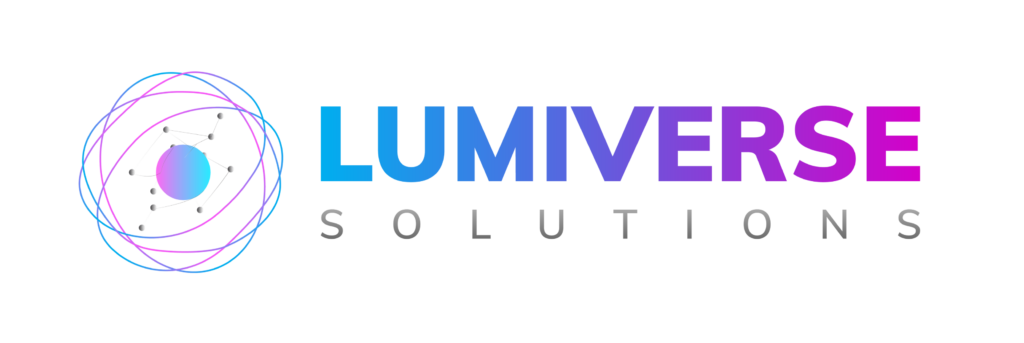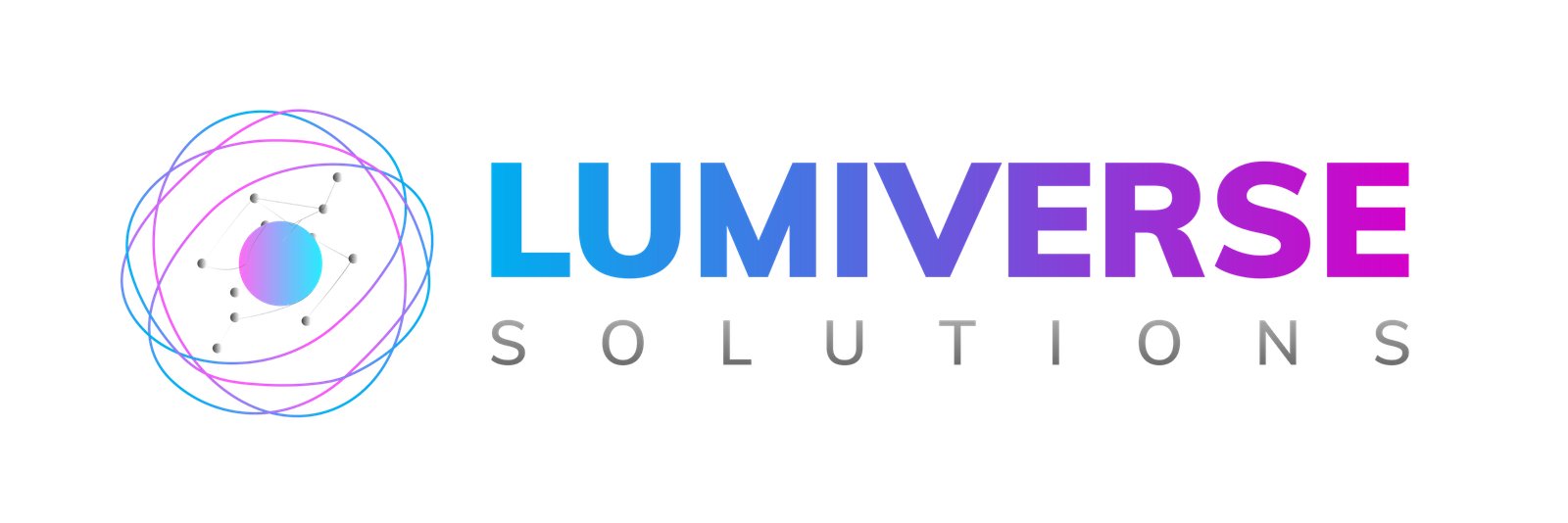Protect your business from third party risk management with expert services.
Protecting your business from third party risk management is essential for ensuring operational continuity and safeguarding sensitive data. Expert risk management services can help identify, assess, and mitigate potential risks arising from your relationships with vendors, suppliers, and partners.
What is Third Party Risk Management
As businesses are increasingly interdependent, organizations rely on a network of third-party vendors, suppliers, and partners to operate efficiently and stay competitive. As much as such relationships introduce countless advantages, they also introduce a trap of risks that may critically impact any organization’s security, reputation, and bottom line. This is where Third Party Risk Management enters as a crucial framework for identifying, assessing, and minimizing the risks of doing business with external relationships.
TPRM is not just any common term; instead, it is a staple business practice that has become increasingly important over recent years. A recent study shows that 61% of organizations have had a data breach caused by a third party, meaning the need for strong risk management strategies to be implemented is urgent. TPRM is a wide series of activities, from onboarding to continuous monitoring and risk assessment, ensuring that third-party relationships align with the organization’s risk tolerance and compliance requirements.
At the core of TPRM is determining the vulnerabilities third-party providers introduce to one’s business ecosystem. This includes financial risk, operational risk, cybersecurity threats, compliance issues, and reputational dangers. In fact, by adopting an end-to-end TPRM program, organizations are prepared to defend against potential threats and drive their third-party relationships for maximum business value.
One of the major issues concerning TPRM is the depth of the risk. Continuous change in business environments and the rise of new threats further amplify how risk profiles of third parties can change quickly. Therefore, continuous and proactive risk management is required. Organizations must be more alert through periodic reassessment of third-party relationships and adaptation of risk minimization strategies accordingly.
Identifying and Assessing Risks

Identifying and Assessing Risks: The very foundation of an effective Third Party Risk Management program is to identify and assess potential risks of third-party relationships. This process should start with a thorough checklist of all third-party relationships by categorizing them in order of criticality of the services provided, access to sensitive data, and possible impact on business operations.

Risk Assessment: Once an appropriate inventory has been confirmed, organizations should conduct deep risk assessments of each third party. This may include risk factors related to financial stability, operational stability, cybersecurity, compliance with applicable regulations, and potential reputational impacts. Third Party Risk Management.
It is important to bear in mind that Third Party Risk Management assessment cannot be a uniform process; the depth and scope of assessment should be carried out regarding the criticality and potential impact of each third-party relationship.
Some of the typical techniques to analyze risks include:
- On-site audits.
- A review of security certifications.
- Continuous monitoring of openly available information sources.
Organizations increasingly use advanced analytics and complex machine learning algorithms to process large volumes of data and identify patterns that could point to arising risks. In fact, according to a recent industry report, organizations that use advanced analytics to assess risk are more likely to detect a potential threat before it can be actualized.
A Third Party Risk Management assessment process generally gives a score or rating to each third party. This provides a quantifiable measure of the risk of the relationship while allowing an organization to make informed decisions concerning which risk-minimization efforts to focus on.
Risk scoring is not a point-in-time exercise; it needs to be refreshed periodically to reflect changes in the risk and any current risk profile changes in the third party.
Ready to strengthen the security of your software?
Secure Your Business: Mitigate Third-Party Risks Today!
Implementing Risk Mitigation Strategies
Once identified and assessed, risk mitigation strategies are considered a very important step in third-party risk management. These strategies would aim at decreasing the chances of occurrence and the magnitude of impacts for identified risks. As such, third-party relationships will be aligned with the organization’s risk tolerance and compliance requirements.
Contractual Controls: Controls to mitigate these risks may vary and be specific, depending on the type of risk and the extent of the risk identified. They include additional contractual controls, such as requirements for third-party security standards compliance, periodic auditing of the third party, and incident response plans. Where the relationship is highly risky, an organization may use compensating controls or reconsider whether it needs a particular relationship.
One such strategy can be establishing a risk-mitigation approach using tiers, whereby the level of control and management is inversely proportional to the level of third-party risk. This would allow organizations to focus their resources on the most critical relationships while sustaining appropriate management for all third-party interactions. Third Party Risk Management
Continuous monitoring: Continuous monitoring allows an organisation to reduce risk systematically. It includes periodic reassessment of the risk position of third parties by awareness of changes in their business environment that will allow them to address a developing risk before it escalates into a major issue. It can include real-time monitoring tools, periodic reassessment, and open lines of communication with key third-party contacts.
It is also critical for an organization to create a risk awareness culture across the entire organization. Training employees who are in direct contact with third-party vendors on the identification of risks and their role in the risk management process can help make risk management a core organizational responsibility. This way, organizations will be able to come up with a more resilient and responsive risk mitigation framework.
Leveraging Technology for Risk Management
Third party risk management software
Third-party risk management software and platforms centralize third-party risk management processes and allow risk assessment, monitoring, and reporting in one place. This class of software can automate many of the components of risk management, from the distribution of risk assessment questionnaires to real-time risk dashboards.
Automation of TPRM has a lot of advantages.
Advanced analytics and artificial intelligence
Advanced analytics and artificial intelligence fundamentally change how organizations spot and predict potential risks. New technologies can process large volumes of data from public records, financial reports, and social media to provide a more thorough and timely risk profile of third parties. Machine learning algorithms can discover subtle patterns and anomalies that might signal arising risks and give organizations an opportunity to take proactive action before problems have a chance to escalate.
Blockchain technology
Blockchain technology is also slowly making its way into TPRM, ensuring better security and transparency in dealing with third-party relationships. It creates a firm record of transactions and interactions in a decentralized manner, allowing the building of trust and reducing the chances of fraud or data tampering issues in third-party ecosystems.
Cloud solutions
Cloud solutions are particularly effective for organizations working with hundreds and sometimes thousands of third-party relationships across diverse geographic locations. Scalability, accessibility, and real-time collaboration are key enablers for these platforms, providing an opportunity to work efficiently without thinking about location. More importantly, cloud solutions will often come with strong security features, updated periodically to ensure an organization stays current on best risk management practices and regulatory requirements.

